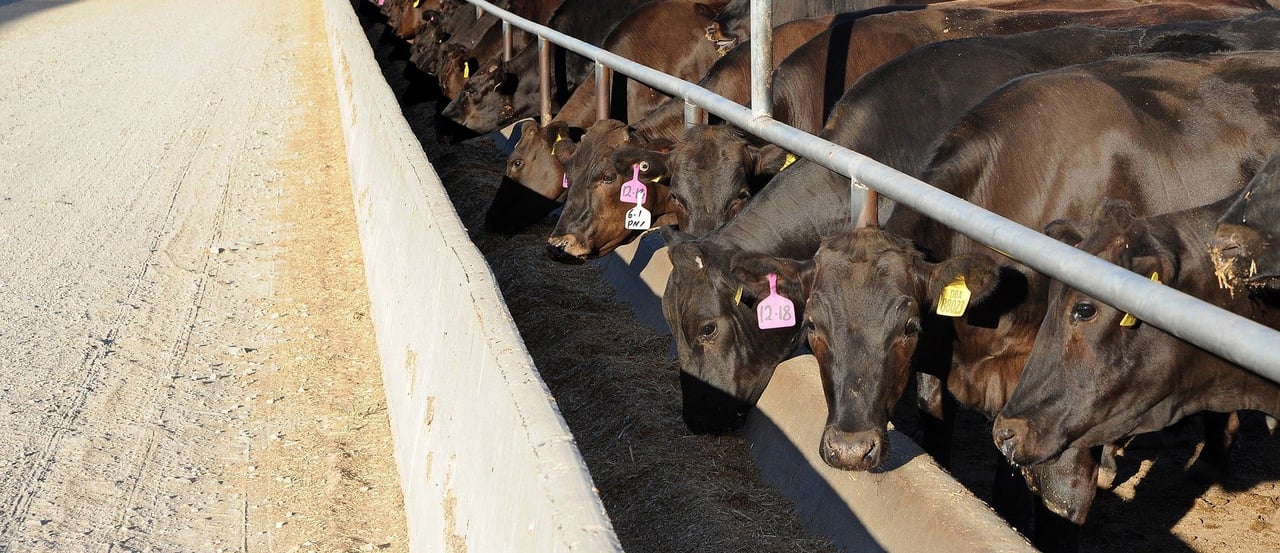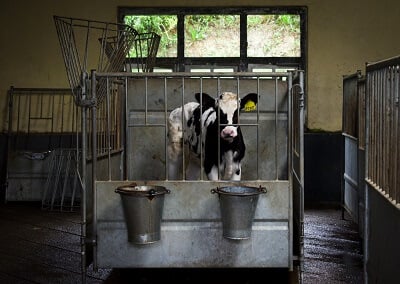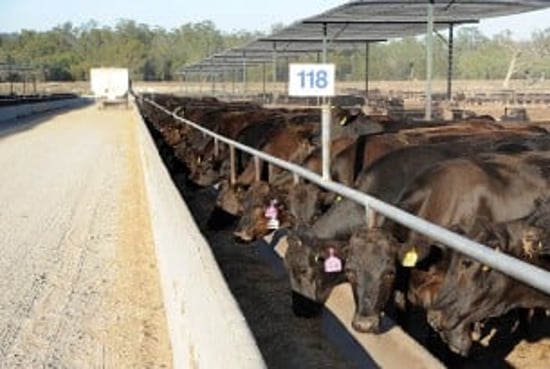Antimicrobial resistance in Australian supermarkets
Read the 'Antimicrobial Resistance in Australian Supermarket Meats' report to learn more.

Public health
A report into bacteria contained in samples of red meat and salmon in major Australian supermarkets, commissioned by World Animal Protection, found some bacteria was often able to resist antibiotics, including antibiotics used for human medicine.
The proportion of resistant bacteria in the meat samples was 53%, virtually indistinguishable from the proportion of resistant bacteria in wastewater samples, sitting at 58%.
Globally, the rise of superbugs presents one of the biggest human health challenges of our time. Superbugs are responsible for 1.3 million human deaths a year, a figure that is projected to rise to 10 million by 2050.
Without effective antibiotics, we could be sent back to the dark ages of medicine, where common infections kill us once again. Several lifesaving procedures we take for granted could be compromised. This includes procedures and treatments like chemotherapy, heart bypass surgery, hip and joint replacements, organ transplants, dialysis, or caesarean delivery.
Bacteria in the beef and salmon samples from supermarkets across Melbourne, were often able to resist antibiotics, including those used to treat human infections. It’s time to sound the alarm on superbugs.

Calf in a crate. Credit: Amy Jones / Moving Animals
The threat to human health from these bacteria, urgently needs further investigation. While the overall bacterial load was still within approved levels for Food Standards Australia, the large proportion of that bacteria that had acquired resistance to antibiotics, is concerning. The testing revealed some bacteria in the beef and salmon samples was often able to resist antibiotics, including antibiotics used for human medicine.
The human health sector has taken steps to address the threat of antibiotic resistance, but the animal agriculture industry continues to keep the public in the dark about how they use antibiotics.
The last publicly available data on antibiotic sales to the animal agriculture industry is now more than ten years out of date. Beyond a lack of transparent reporting, Australian laws regulating antibiotic use in animal agriculture are not strong enough.
The animal agriculture industry in Australia is permitted to administer antibiotics to animals to make them grow at a faster rate. This dangerous practice has been banned in places like the European Union for more than a decade.
In Australia, farmers are also permitted to use antibiotics without animals being sick. Antibiotics can routinely be administered to whole groups of animals with no diagnosed illness or disease, to prevent infections from occurring. This allows farmers to keep animals in low welfare conditions, and to use antibiotics to prop up poor farm practices. It is bad for animals, and it is bad for us.

Read the 'Antimicrobial Resistance in Australian Supermarket Meats' report to learn more.
Factory farming
Approximately three-quarters of the world’s antibiotics are used in animals, most of which are living in miserable and unsanitary conditions on factory farms.
What we do
Globally, more than 80 billion animals suffer on factory farms each year, with the vast majority cruelly confined to low-welfare industrial farming systems.

Factory farming traps farmed animals in an endless cycle of abuse and cruelty. This tragedy will only worsen as demand for meat grows globally.